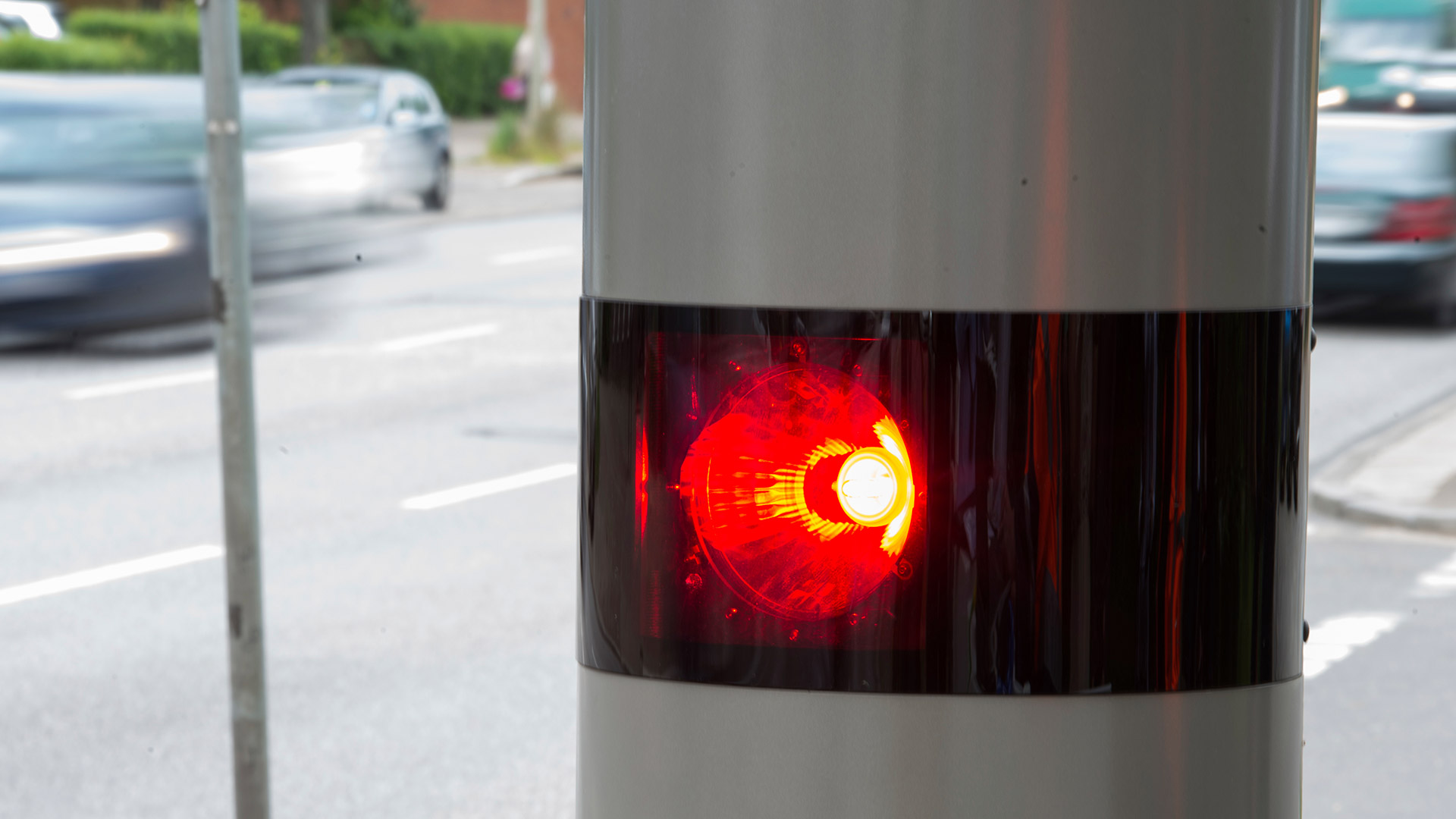

Those days of avoiding tickets with a cheap Pep Boys license plate reflector may be numbered. A group of researchers in China has reportedly developed a new type of vehicle-recognition technology that could make avoiding speed cameras all but impossible. Instead of identifying cars based on their license plates, the new cameras could tell cars apart by the minute individual differences between them—such as scratches, paint imperfections, or other distinct qualities.
The system, according to the Daily Mail, was developed by a team from China’s Peking University, and uses artificial intelligence to sort through those minute imperfections between vehicles and determine distinguishing traits. The researchers even have a menacing name for this Orwellian surveillance technology: They call it a “repression network.”
That “repression network,” according to researchers, works by using artificial intelligence to analyze the images that are captured by cameras; it pulls the pictures apart and separates the features it spots into dual categories, which the creators of the project describe as “coarse attributes and details.”
“We want the deep network to generate two independent sub-features from two different levels,” the researchers reportedly wrote in their paper on the new system. “Each sub-feature can embed more discriminative information for that level and can be better used to perform precise retrieval tasks.”
The wording may be a little obtuse, but the end result is brow-raising enough to cut through the awkward English: This “repression network” could be used to identify vehicles based on footage from surveillance cameras, reportedly even at high speeds. Or, even more worrying, it could be used to identify humans instead of cars—making it easier than ever for governments or other actors to track people without their knowledge.
Luckily for speeders and ACLU members alike, this technology is still in the early stages. According to the Daily Mail, this “repression network” remains a ways away from being ready for deployment, and there are no plans to use it in the real world. Yet.